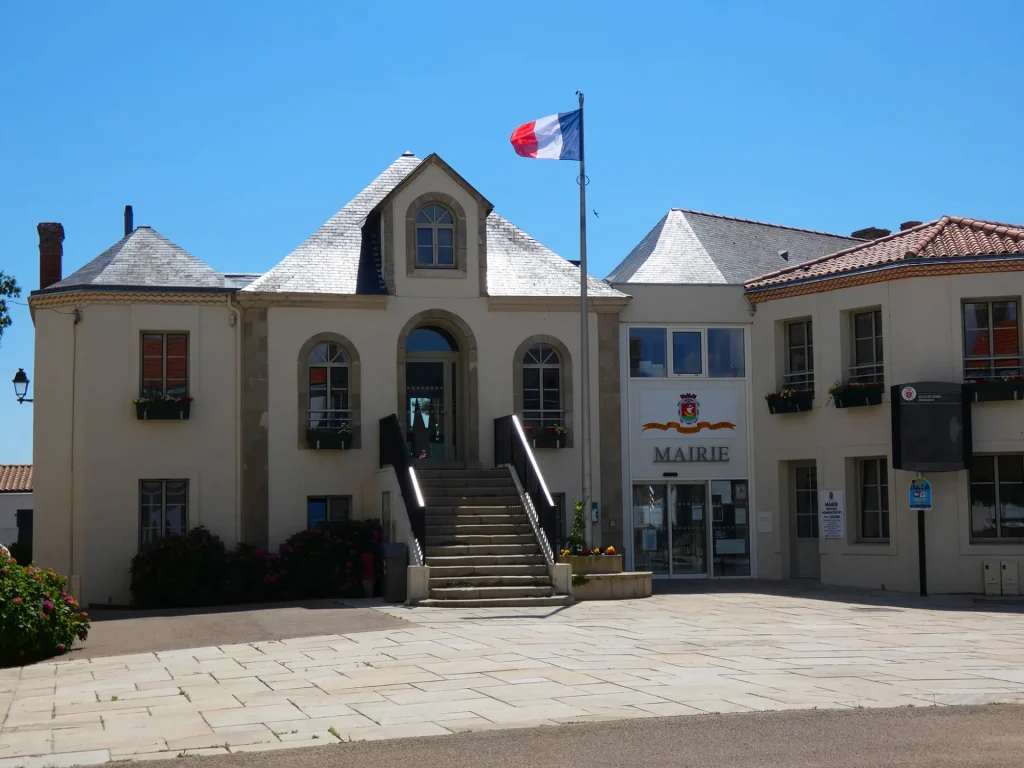Bouin has a rich history. Former island connected to the mainland in the first third of the 19th centuryIts heyday came in the 17th century with the salt trade, thanks to its many ports. A number of old dwellings with outstanding architectural features have survived from this prosperous period. Few buildings date from before the end of the 15th century, as in 1471 King Louis XI, marching against the Duke of Brittany, had the town burnt down. Entirely dammed up, the island of Bouin attracted the covetousness of the great lords, so much so that Louis XV bought the territory. Marked by the Vendée Wars and the Battle of BouinIn the 19th century, the island of Bouin reinvented itself with the creation of numerous polders that enabled high-quality agriculture. Since the 1950s, oyster farming has developed considerably and is now a major industry. the reputation of the Bouin oyster is well established.
The Pavilion
The Pavillon is one of the most emblematic dwellings on the former Île de Bouin. With its square tower and high ridge, it is a typical 17th-century residence and former mansion of salt merchants.
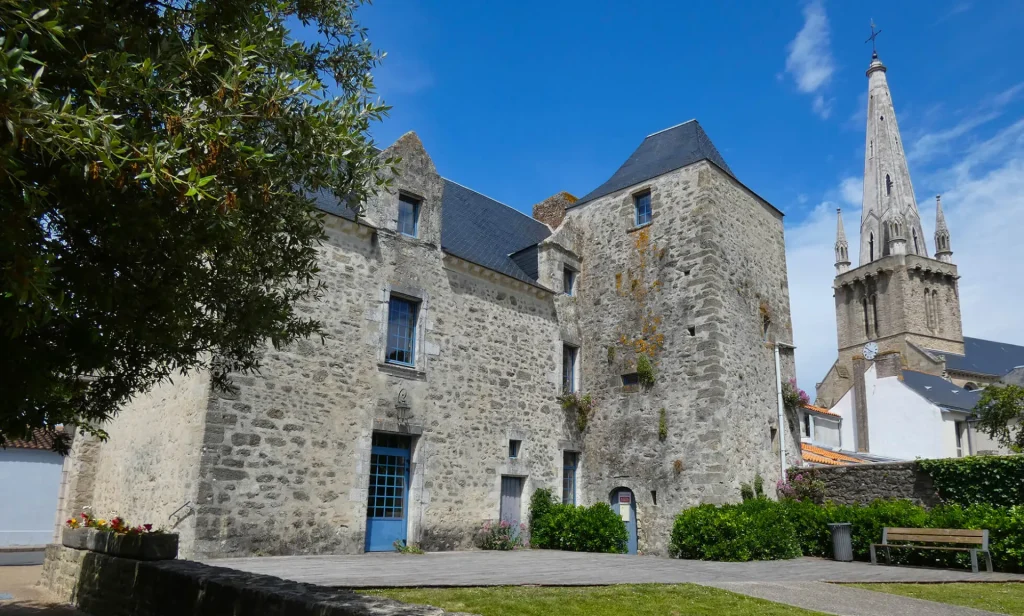
The corbelled house
The corbelled house is hidden behind a thick layer of plaster. Curious visitors will be able to make out old architectural features such as a round-headed door. A corbel remains from its 15th-century construction, a projecting structure used to create an upper storey.
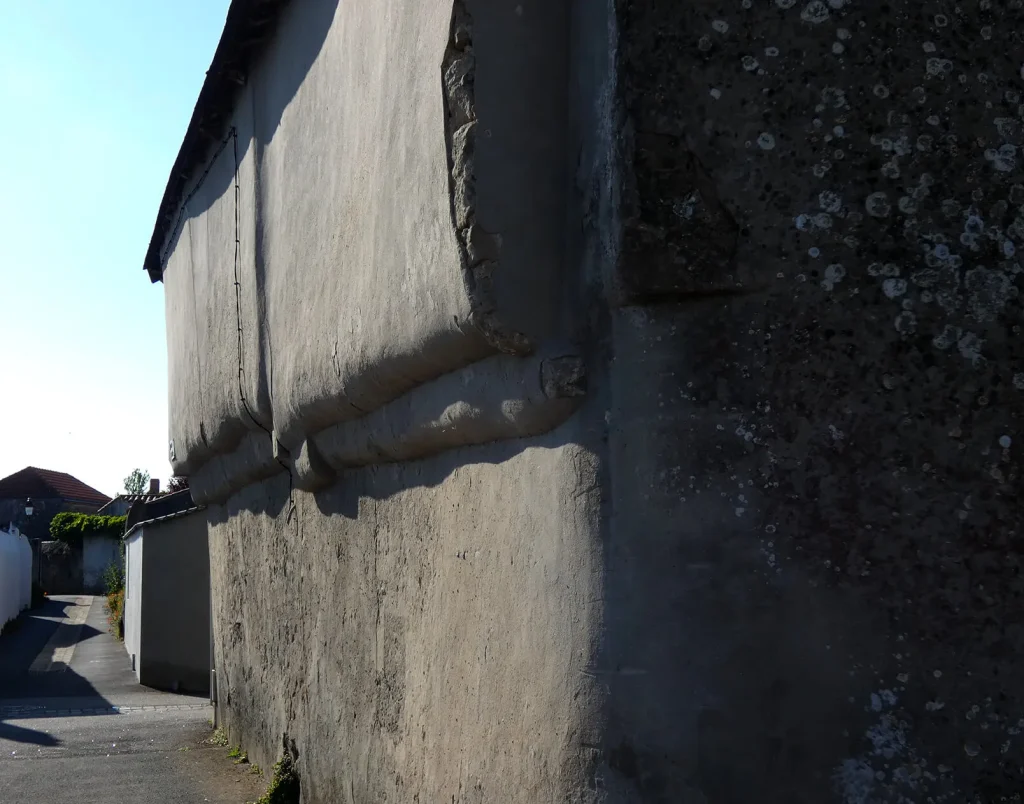
La Chapelle Saint-Julien
The Saint-Julien chapel was built in the 11th century as a passageway for pilgrims on their way to Santiago de Compostela. A national asset during the French Revolution, in 1867 it became a "dépositoire", a place for burying the dead from the marshes.
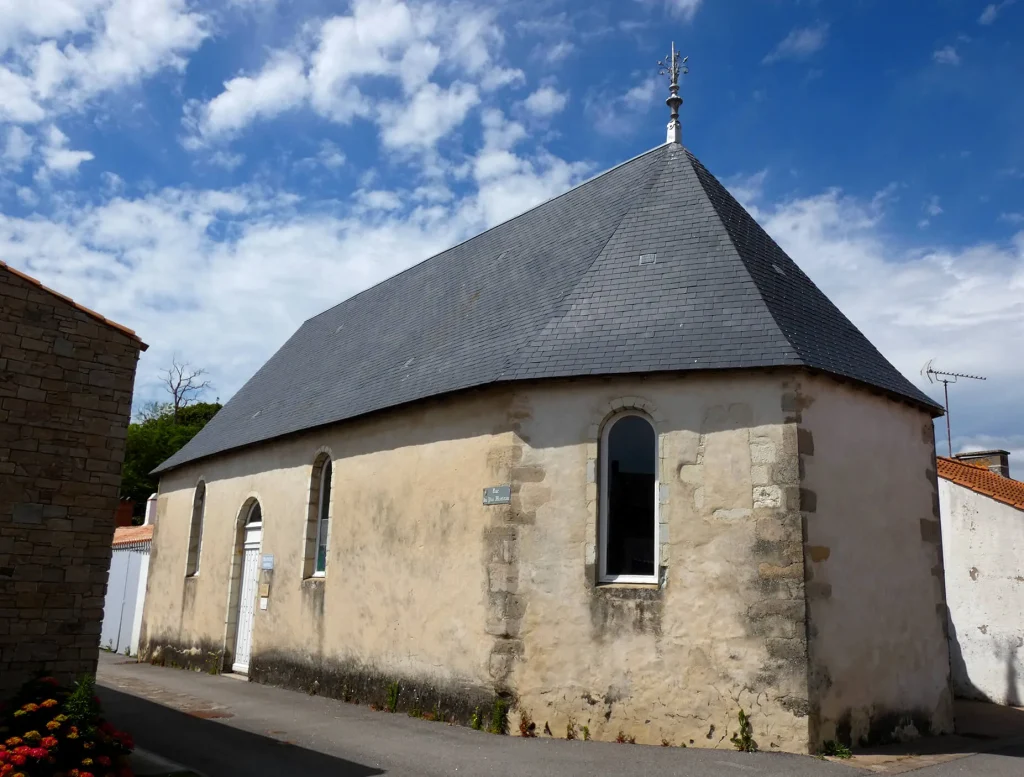
La Demeure de l'Enclos
La demeure de l'Enclos is an attractive residence of classical architecture built in the mid-19th century.th century by a family of landowners.
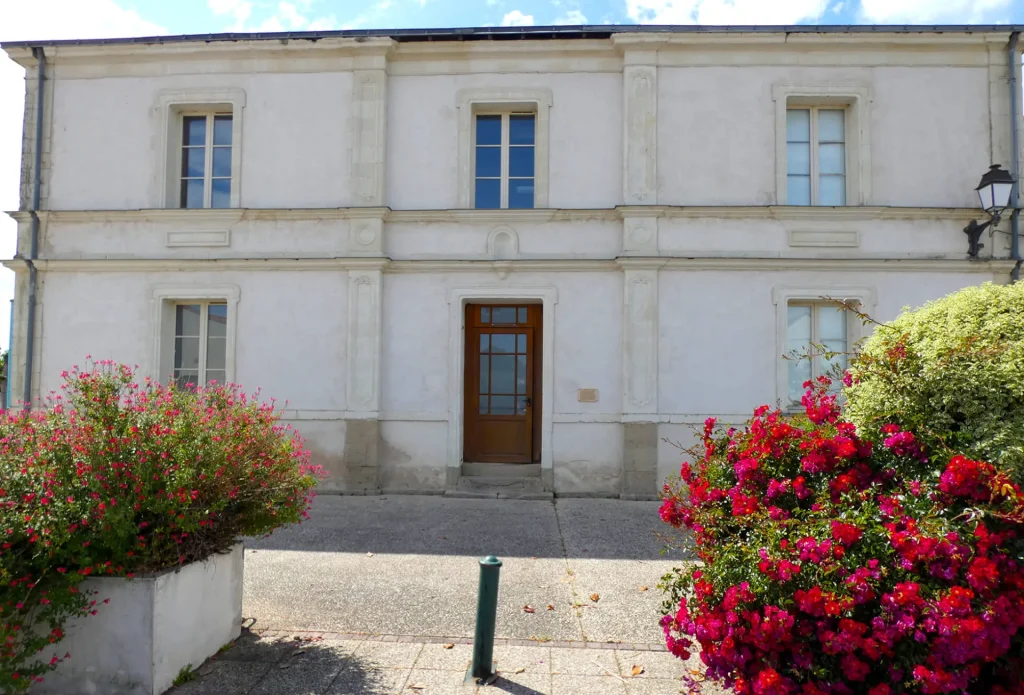
Maison Bélliard
The Basque-inspired Maison Bélliard is remarkable for its style. It was built by Jean Cornu, the famous builder of houses and villas that can be found at Bois de la Chaise in Noirmoutier or by the sea, in Saint-Jean-de-Monts for example.
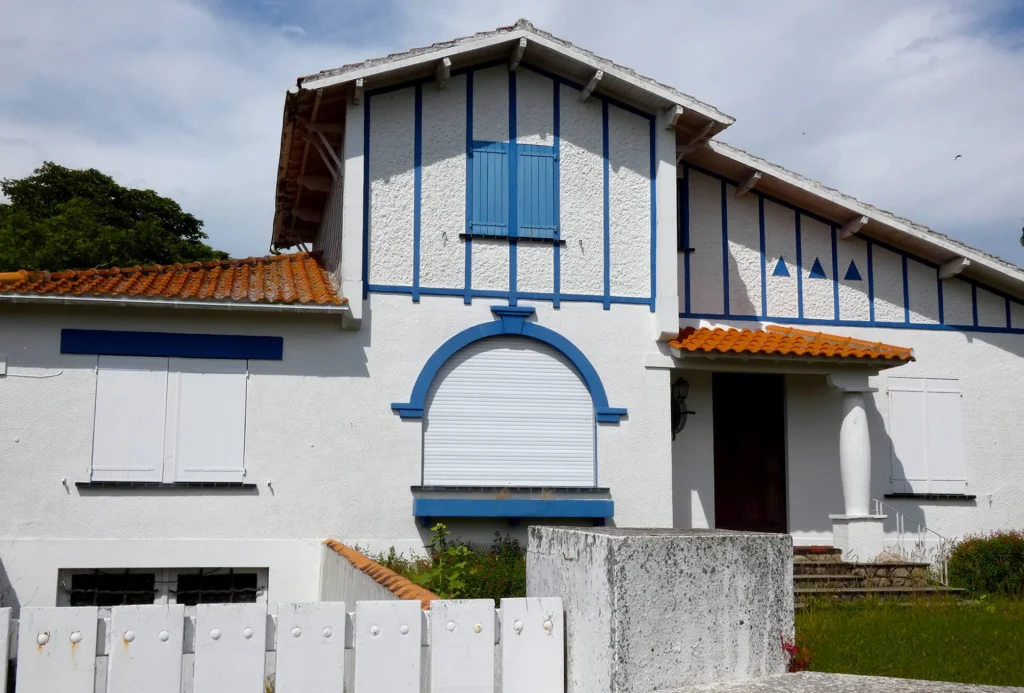
The Ursulines Chapel
The Ursuline chapel, now disused, was built in 1853, close to the school run by the Ursulines of Chavagnes-en-Paillers, of which it was one of the first foundations.
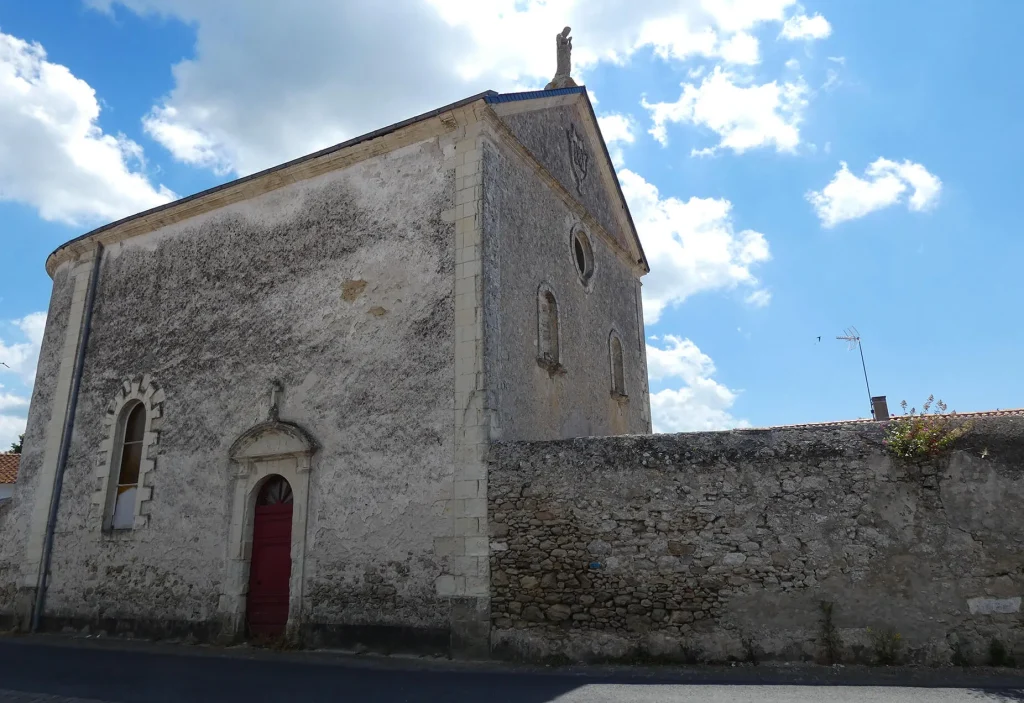
The Lansyer House
Maison Lansyer, formerly a bakery and now a bed and breakfast, was the birthplace of the famous landscape painter Emmanuel Lansyer. A museum is dedicated to him in Loches and his father was Mayor of Bouin.
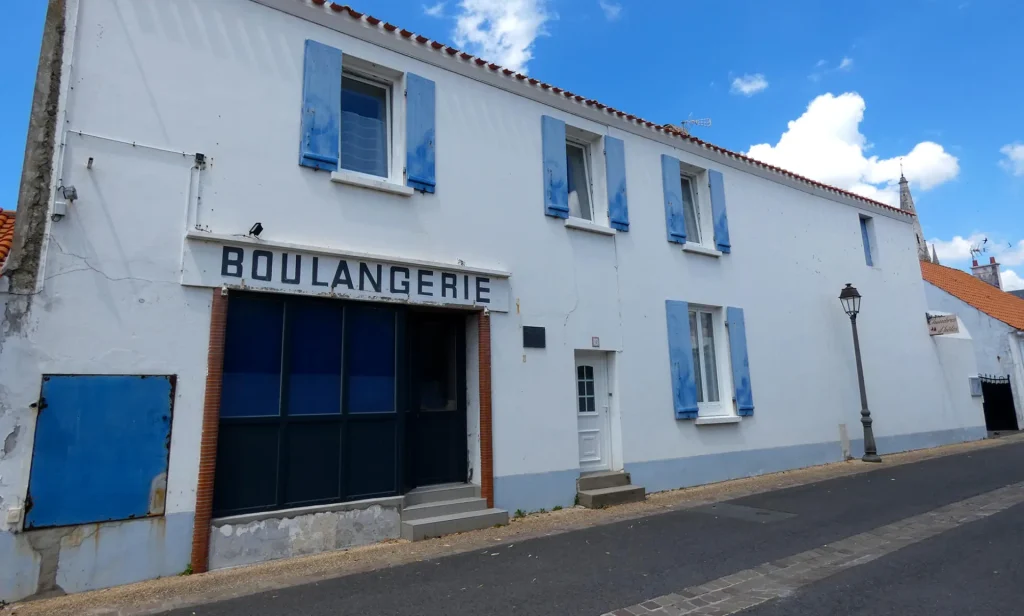
Rue du Guitteny
Rue du Guitteny and its granaries still boast multi-storey buildings that are actually former granaries built during the heyday of the Bouin polders, from 1850 to 1890. These buildings were used to store the harvests of the Polders de Bouin company..
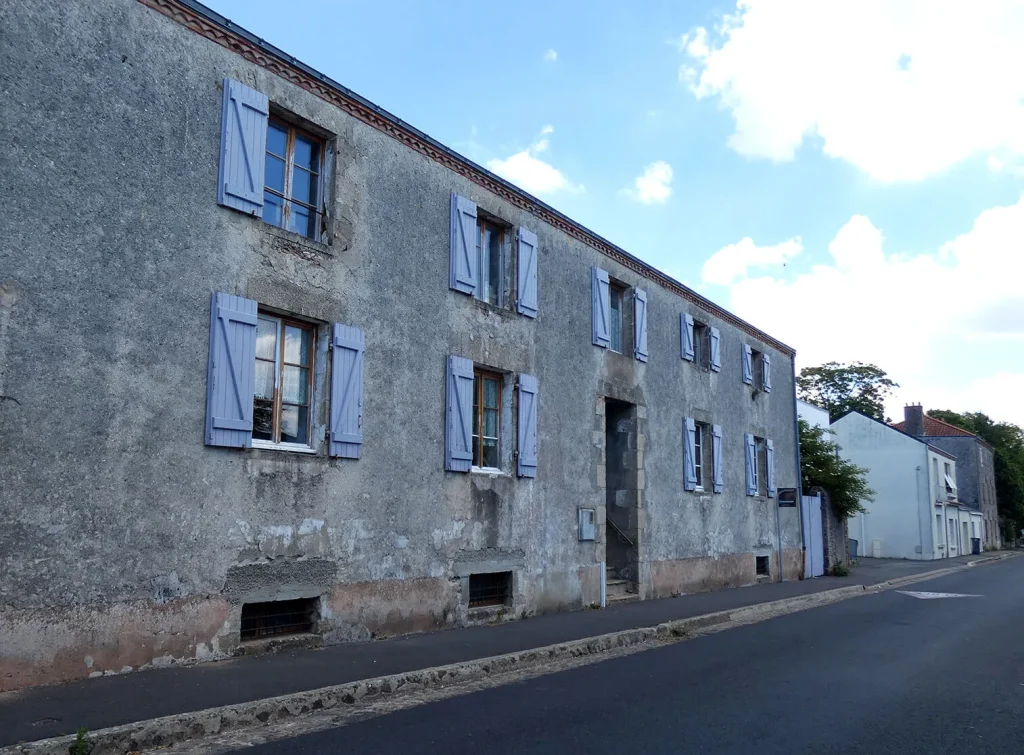
La Madeleine
La Madeleine and its four buildings from different periods (17th to 19th century) make up the Madeleine complex. The former home of Sébastien Luneau, La Madeleine was an "Asylum for the Elderly" until the last third of the 20th century, as evoked by the granite plaque on one of the facades.
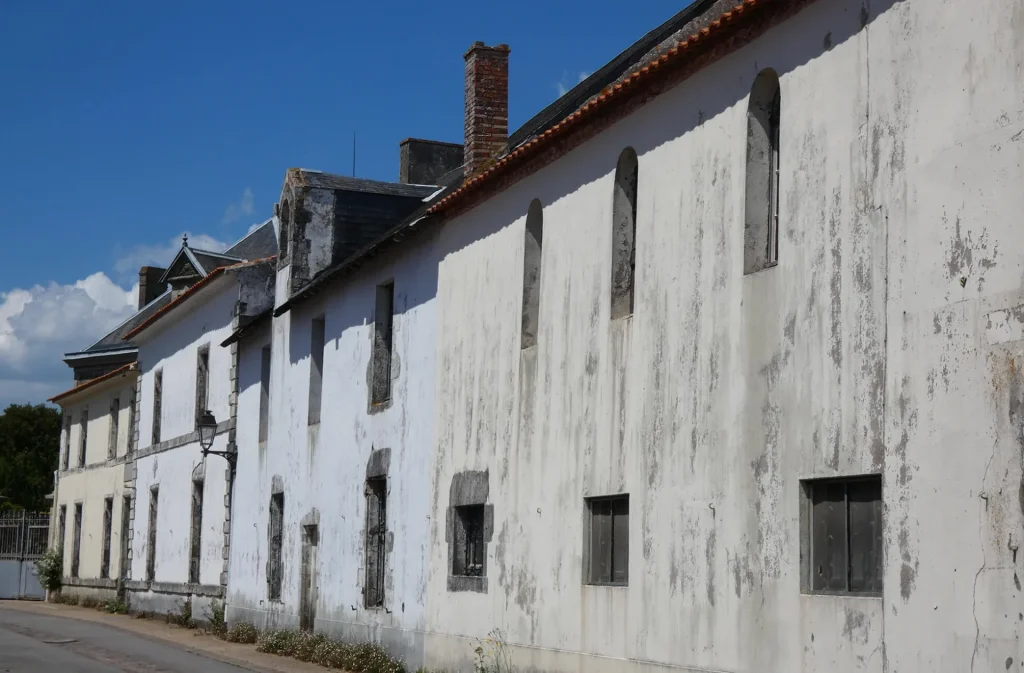
The Old Presbytery
The former presbytery is a vast residence built in 1895 to house the presbytery, as the former "rectorie" in rue de la Cure had become too small. All that remains of its former use is the gate surmounted by a cross.
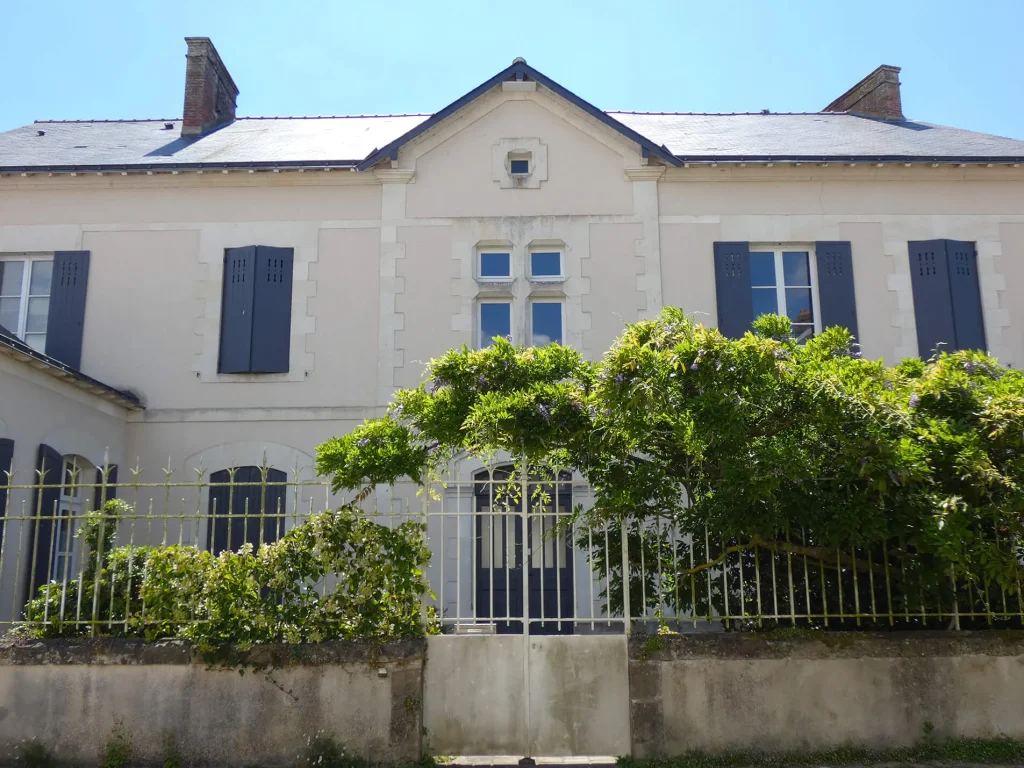
The Blue Beach
La Plage Bleue, built at the beginning of the 20th century, is a vast middle-class house that was once the home of painter Yvon Traineau (1937-2015).
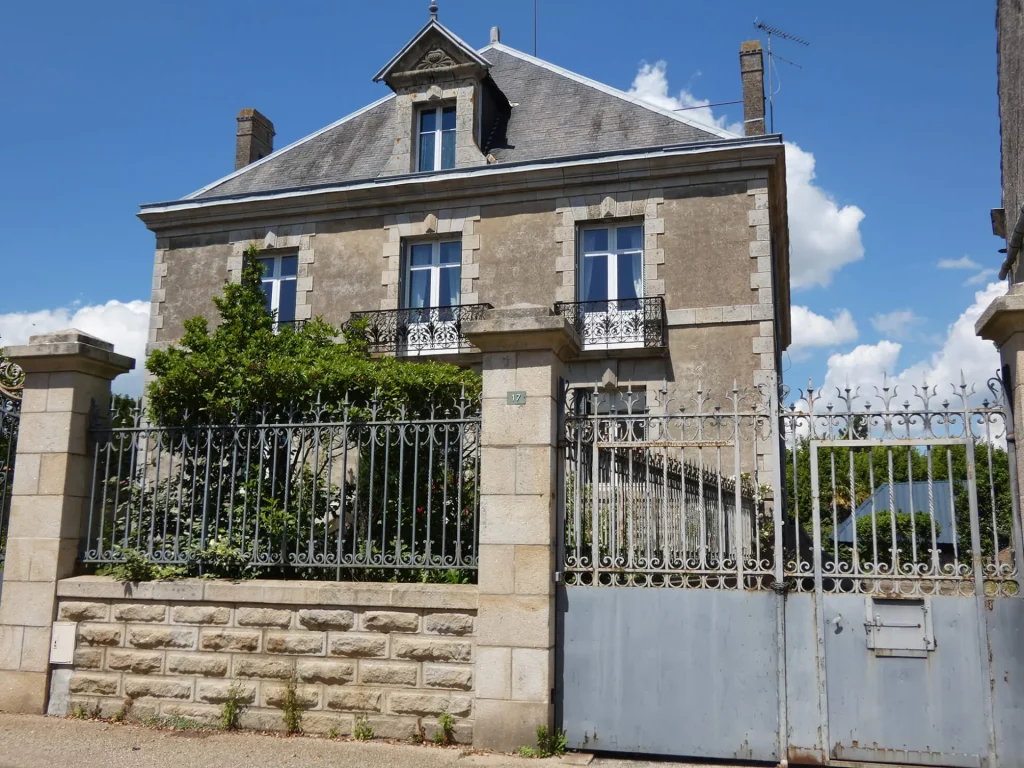
The Hôtel des Sénéchaux
The Hôtel des Sénéchaux de Bretagne was rebuilt in 1937 after a major fire. All that remains from the 17th century is the square tower from which the island's intense port activity could be observed. A porch built at the end of the 18th century can also be seen next to the building.
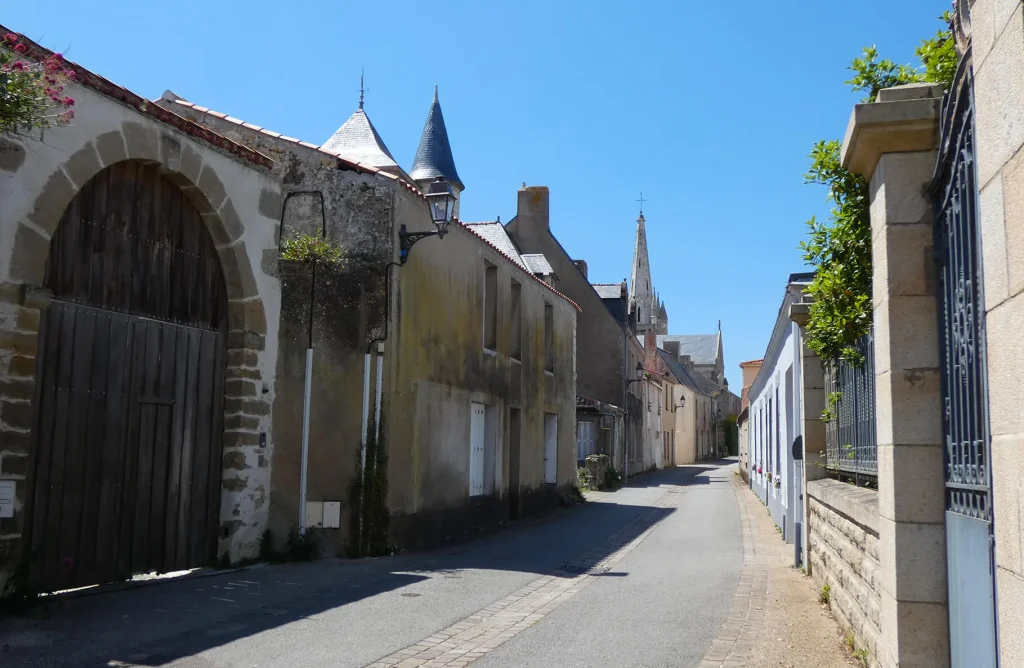
Le Martinet
Now a hotel, Le Martinet was built in the 18th century on the remains of an older dwelling. It was the home of the Luminais family, who produced a mayor of Bouin, judges and a member of parliament for the Vendée in the 19th century.
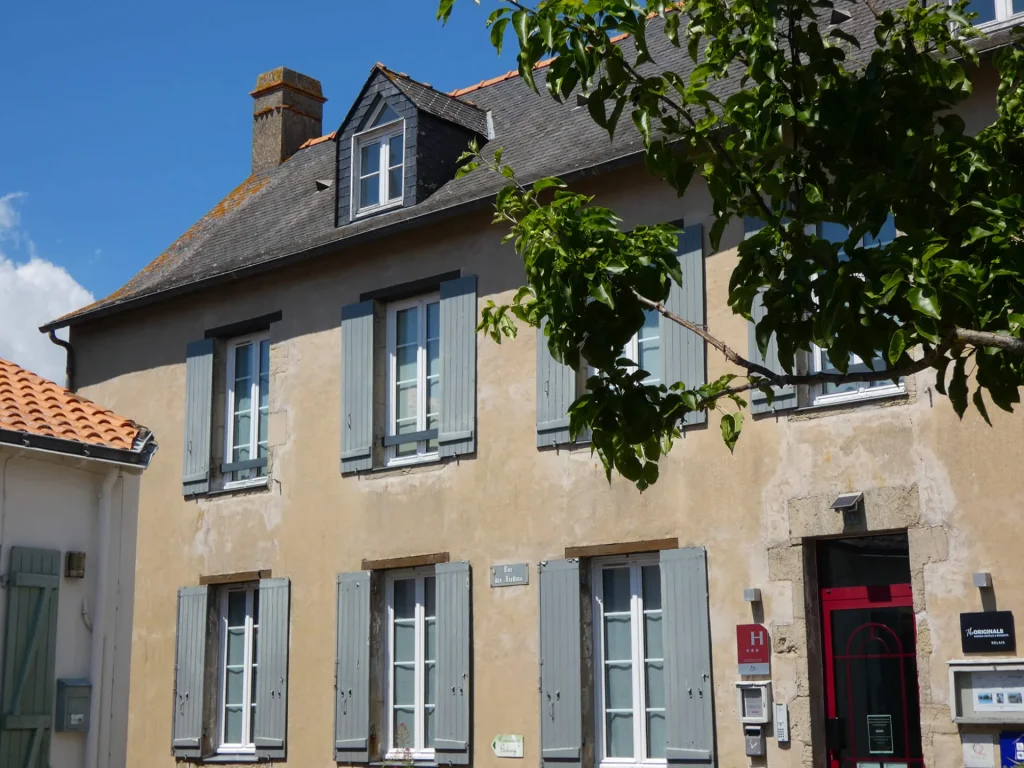
Le Grand Logis
The Grand Logis is the former Hôtel des Sénéchaux du Poitou, built in the 16th century. Converted into a school in the 19th century, it now houses the Yvon-Traineau multimedia library.
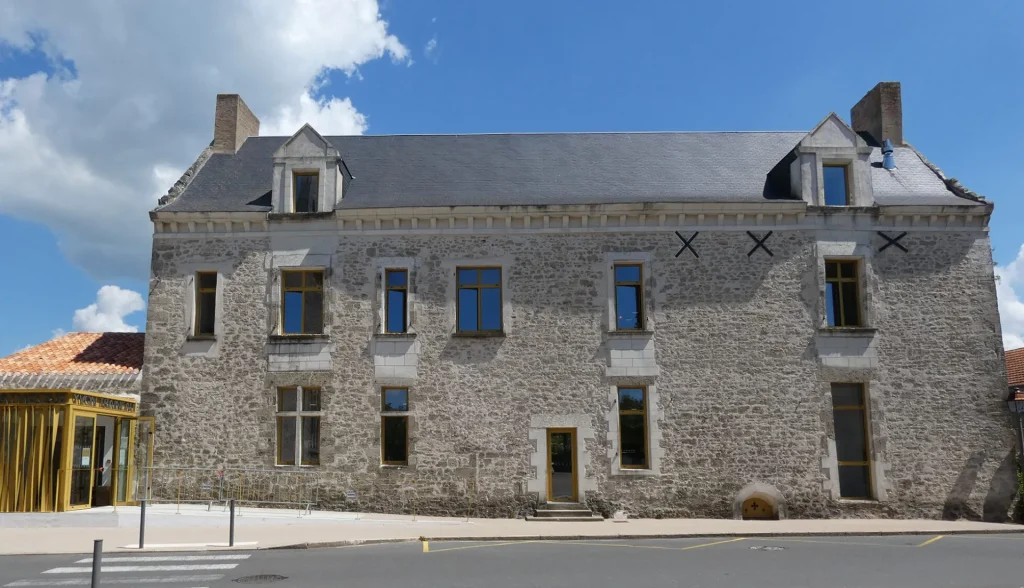
The Town Hall
Bouin Town Hall is the former Présidial, the court of seigneurial justice. Built in the 17th century, it retains its original use as a prison where convicts were kept in chains.
